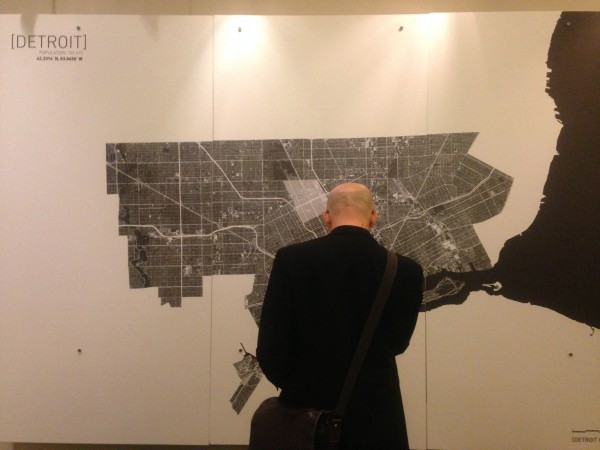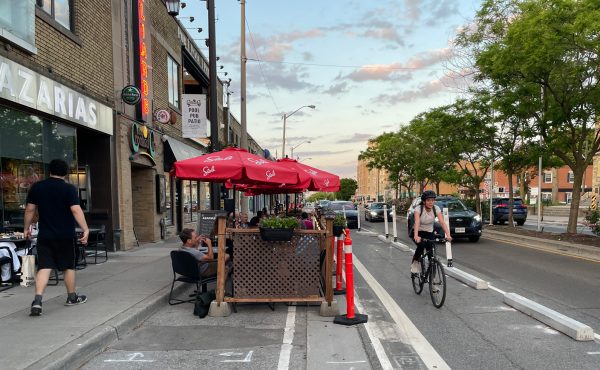Whether the talk circled around the recent transit imbroglios plaguing Toronto, or the development challenges facing the financially-shaken city of Detroit, the focus of the Detroit + Toronto symposium on Oct. 25 at The Carlu was how to get the two Great Lakes cities growing in new ways.
The daylong symposium (a collaboration between ERA Architects, College For Creative Studies / Detroit Creative Corridor Center, and the Detroit Economic Growth Corporation) brought together urbanism experts, politicians, and staff from both cities for a series of discussion panels and Q&A sessions.
“Both of our cities are currently experiencing vast change,” said Scott Weir, Principal at ERA Architects, in his opening remarks kicking off the event.
“People speak about Detroit as being 700,000 residents and dropping right now, but the region is actually 4.3 million in Metro Detroit, compared to Toronto which is about six million, so really these are comparable places,” he said.
And the similarities don’t end there; as Detroit grapples with revitalizing its downtown core in the midst of a bankruptcy filing, Cynthia MacDougall, former Chair of the Toronto Parks and Trees Foundation, noted her city has its share of neglected areas to deal with as well.
“You drive through the city and you just, you can’t believe it. There are areas in North York and Scarborough and Etobicoke and East York where it doesn’t look like somebody’s spent a nickel in the last 40 years,” said MacDougall during the Innovation, creativity, the future city panel, the symposium’s last of the day.
MacDougall bemoaned Toronto’s ubiquitous development charges. She said the charges are the same across the city, from parts of the suburbs to downtown, and as such, discourage development outside of the core.
To spark growth in stagnant parts of the city, MacDougall had a few suggestions including reducing or waiving development charges for certain projects.
“Why don’t we actually do an economic analysis to determine what it would take to actually revitalize these areas?” she said.
TTC Chair Karen Stintz, Councillor Kristyn Wong-Tam (Ward 27, Toronto Centre-Rosedale) and Paul Bedford, the former City of Toronto Chief Planner, were also among the featured speakers.
Bedford in particular was outspoken on the matter of funding public transit.
“It’s time to bite the bullet. Because we’ve been talking and not building we need to invest at least 50 plus billion dollars in transit in this region,” he told the roughly 200 people in attendance.
How can the city raise that money? Alan Broadbent, CEO of Avana Capital Corporation, pointed south of the border for inspiration.
“While Detroit has had some challenges in recent years I think it has a lot to teach us here in Toronto,” he said, citing the fact that unlike Toronto — which receives only 8 per cent of tax revenue generated from the Province — Detroit can levy its own sales and income taxes to pay for public works such as transit.
The eighth annual Toronto the Good party followed the Detroit + Toronto symposium, giving urbanists the chance to meet and share ideas about the cities they love.
Photo by Lauren Purves




